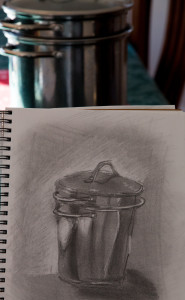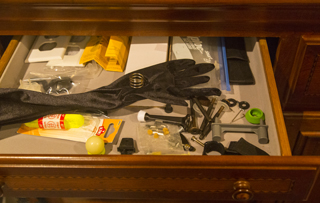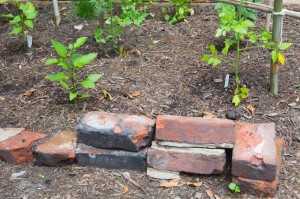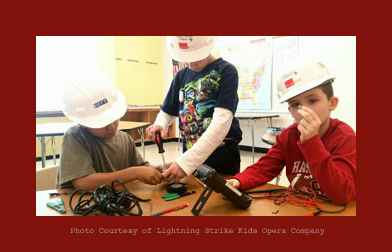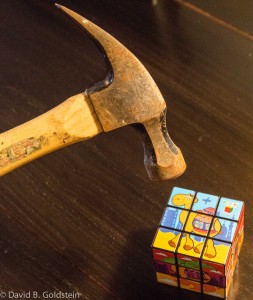Years ago when I asked my grandmother for her chicken soup recipe, she thought back and told me her first step was to remove all of the feathers. So each winter the first thing I do when making a batch of soup is to read her instructions and skip the first step.
Through the years, starting with the basic recipe, I’ve experimented and made some improvements and mistakes. Dill didn’t really work but using cheesecloth was an improvement. While it’s easy to throw vegetables and a carcass into a pot, it’s more laborious to get them out. Softened carrots, parsnip, and celery break apart and worse – bone fragments need removing from the broth. Difficulty and finger burns have given me reasons to find better ways for making a homemade soup that just can’t be found anywhere else.
Although I thought of it myself, post-invention Googling shows I’m not the first to try my latest innovation. It’s to use a pasta insert to lift the solids from the boiling broth. Also, instead of boiling, I added vegetables to an upper steamer compartment and they stayed firmer, while their drippings fell right in making this the easiest and best soup to date.
While I enjoy experimenting, this winter, I’m looking for opportunities for improvement by getting back to basics – and I’m curious if you would like to join me. All creative expressions have two separate parts, an idea and a technique.
We all have ideas, and we all can learn or improve upon our techniques.
When we master a technique, whether its learning to use the f/stop on our camera or knowing how to format a business plan, we are better equipped to express our ideas.
Unlike plucking the chicken, sometimes we can’t skip the basics.
I’m taking a step back to work on improving technique by improving my writing, drawing, practicing pen and ink exercises, and looking at best practices in the kitchen. It isn’t about precision or perfection; instead it’s about improving our techniques. Whatever medium we practice, learning the grammar helps us express our ideas and helps others accept except our ideas.
One step back to basics may yield three or four steps ahead. As we need channels to express our ideas out from our minds, we can never go wrong by improving our techniques. What are you going to practice?
